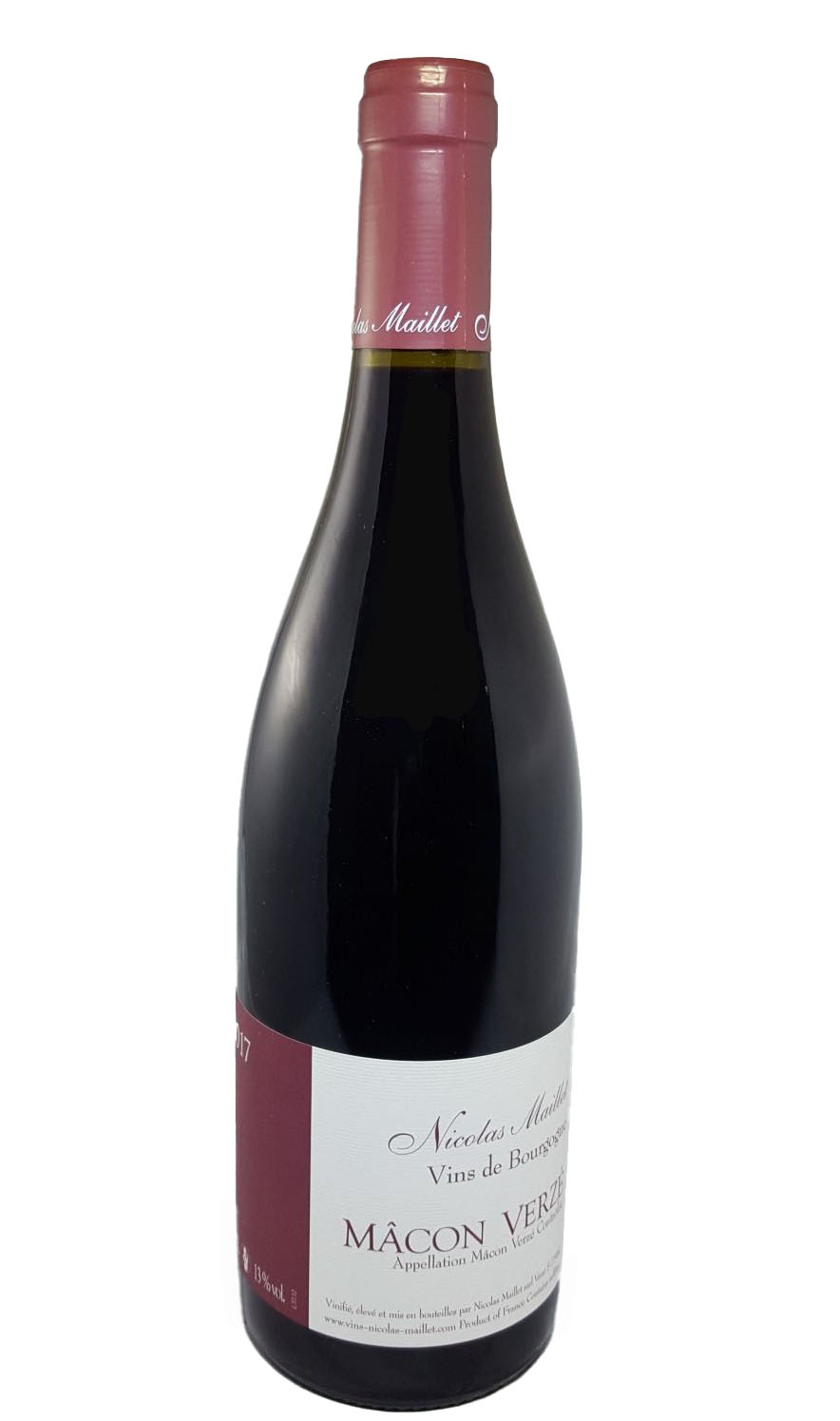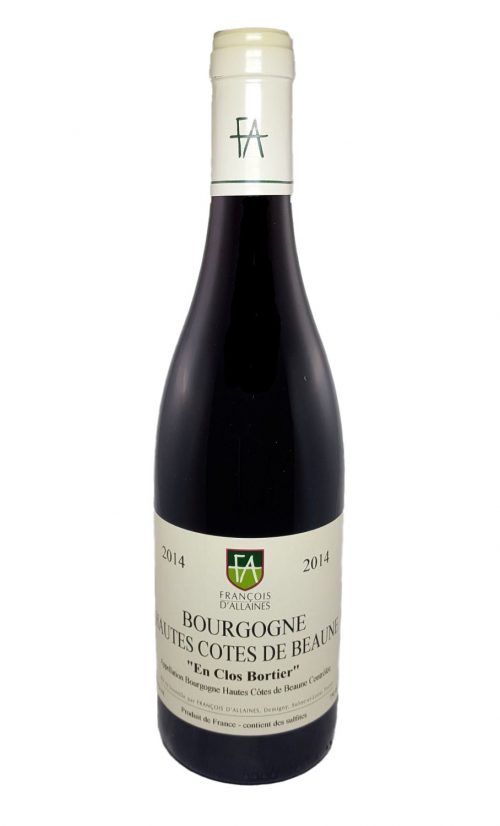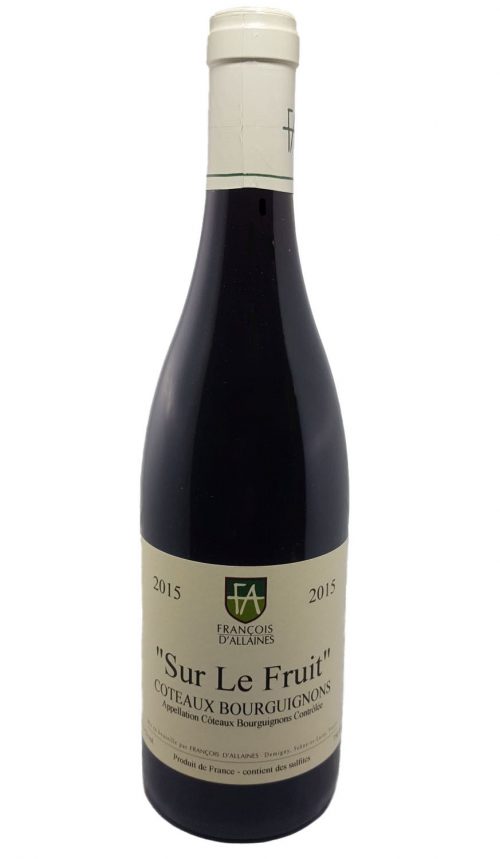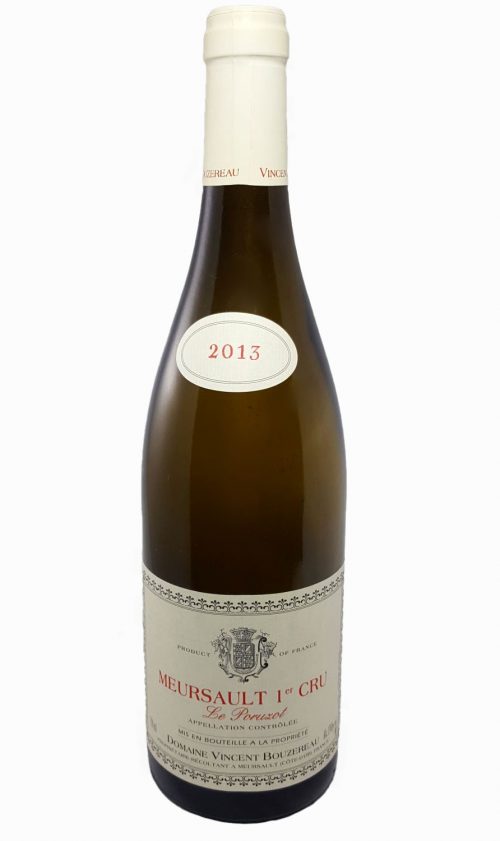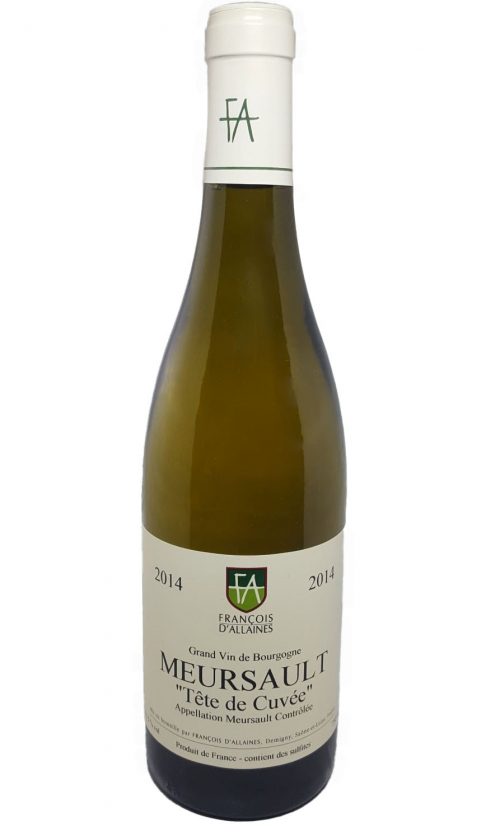Description
Domaine Nicolas Maillet is located on the slopes of the small village of Verzé (Saône et Loire) in the heart of the Mâconnais region 60 km north of Lyon and 120 km south of Dijon. It has belonged to the Maillet family for four generations. The wine was then developed family cellar’s on their property. In 1928 the vineyard was brought to the village co-op’s wine cellar until 1999, when the production was again vinified on the family property. The vineyard is a century old.
Nicolas Maillet is the son of a winemaker. In 1999 he took over the family property after obtaining an engineering degree in agriculture and a National Diploma of Oenology in 1996. The initial surface area of the vineyard was 3.5 hectares. Today Nicolas operates 7 hectares of vines planted in Chardonnay, Bourgogne Aligoté, Pinot Noir and Gamay. The average age of the vines is 50 years old. The vineyard extends on clay-limestone slopes, with a South-West and East exposure. The maintenance of the vineyard is done according to the methods of the organic agriculture which was formalized in September 2008, and now controlled by Ecocert. The first year that has a label of organic agriculture, was 2011. Nicolas has been practicing bio-dynamic agriculture for 5 years.
For new plants, or to replace dead vines, Nicolas does the grafting himself by using the stems of the oldest vines. Particular attention is paid to the maintenance of the soil by doing regular plowing throughout the year, in order to develop a deep rooting of the vines. It also helps to maintain significant microbiological activity within the soil. Harvesting is done manually using small crates, to respect the integrity of the grape berry, so as not to crush the bunch. Nicolas is helped by his wife who takes care of the vineyard’s marketing.
The wine-making process is carried out in the vineyard’s cellar, which was entirely rearranged in 1999. The maturation for white wines is not done in barrels, but in vats, in which each plot is vinified separately in order to preserve the aromas of the grape’s variety and different terroirs. It is also very interesting to note when tasting the wine the important differences between each plot. Finally, in the interests of distinguishing the different soils, no yeast commercially available is used. Fermentations are made using yeasts naturally present in the grapes of the various plots. As a result, the alcoholic fermentation is very slow ,from 6 to 10 months, which yields very fine wines with delicate aromas.

